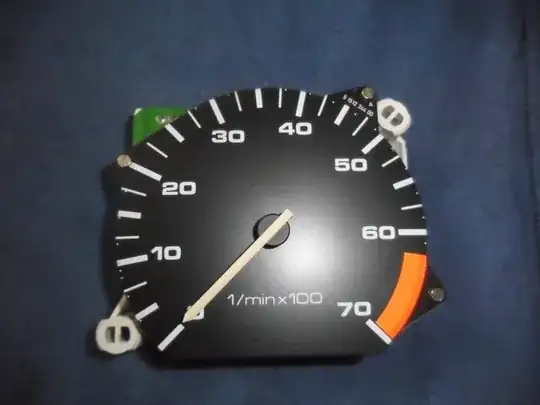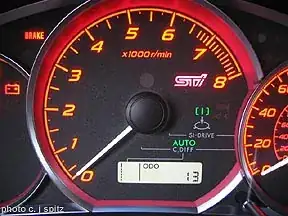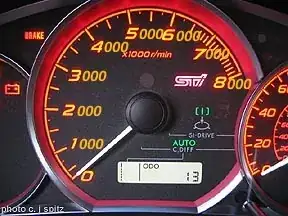I live in Europe, but I think it's not really relevant. Personally I use japanese car, which always have the rev-counter scaled in thousands: 1, 2, 3, 4, 5..
However, often you can see cars with RPM scaled as 10, 20, 30, 40...
Mostly VW, some Fords

I've always wondered why somebody decided to use such system. I don't see any advantages of this presentation over thousands. It's just more text, which need to be smaller.
Moreover, recently I've been driving very old car, which max speed was below 100 kmh, so that both counters looked almost the same, which caused confusion for a second. With first notation(thousands) there is completely no risk of confusion.
What is the reason to use this presentation?

